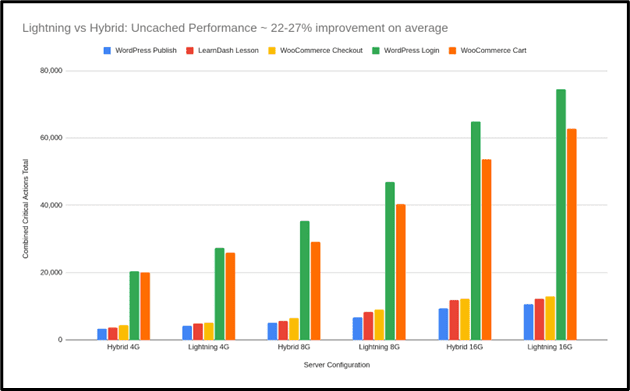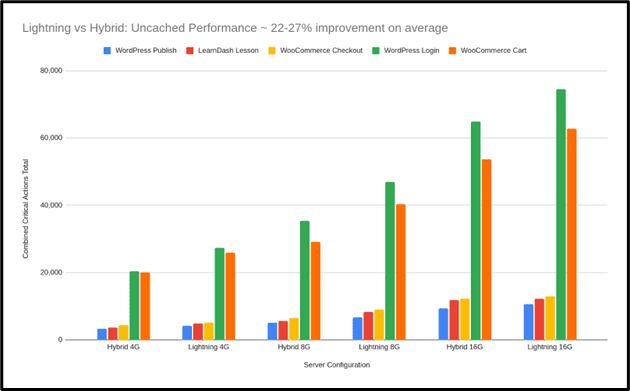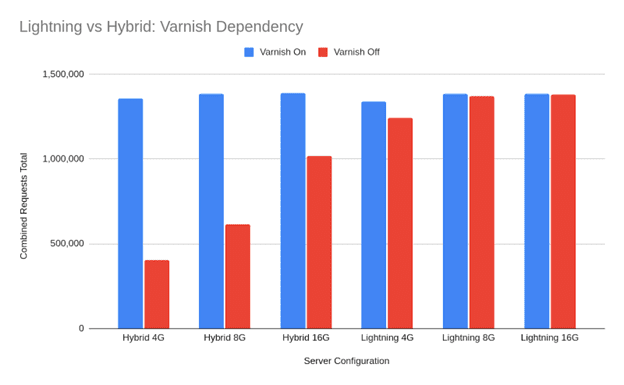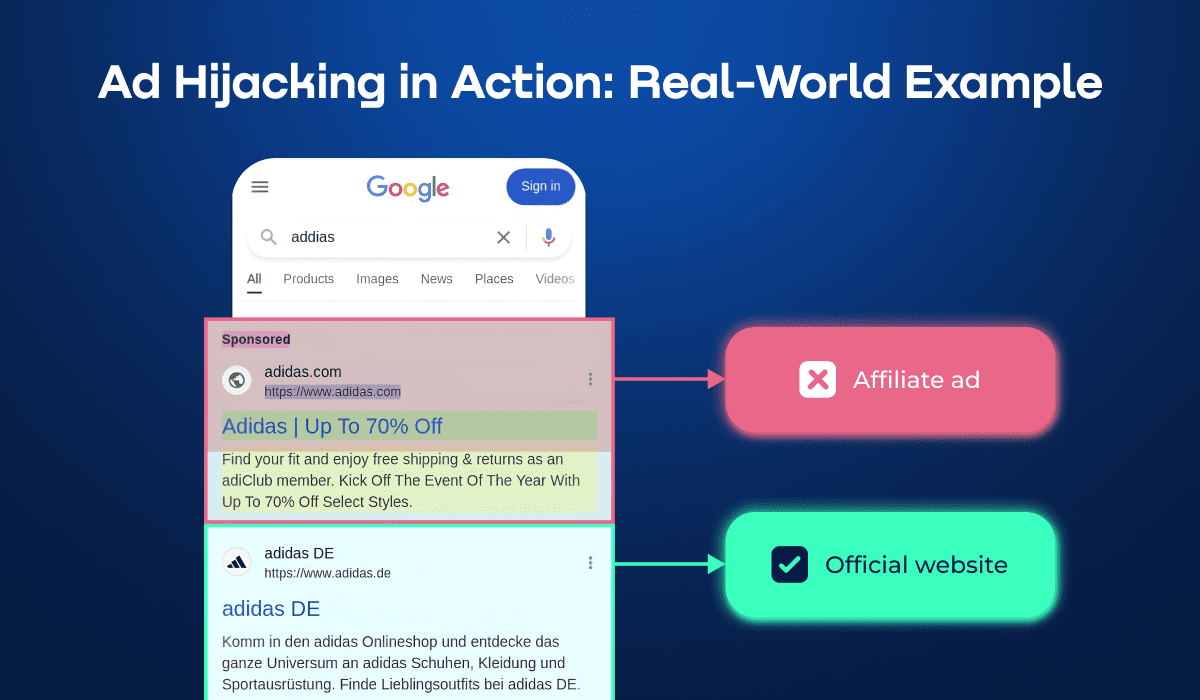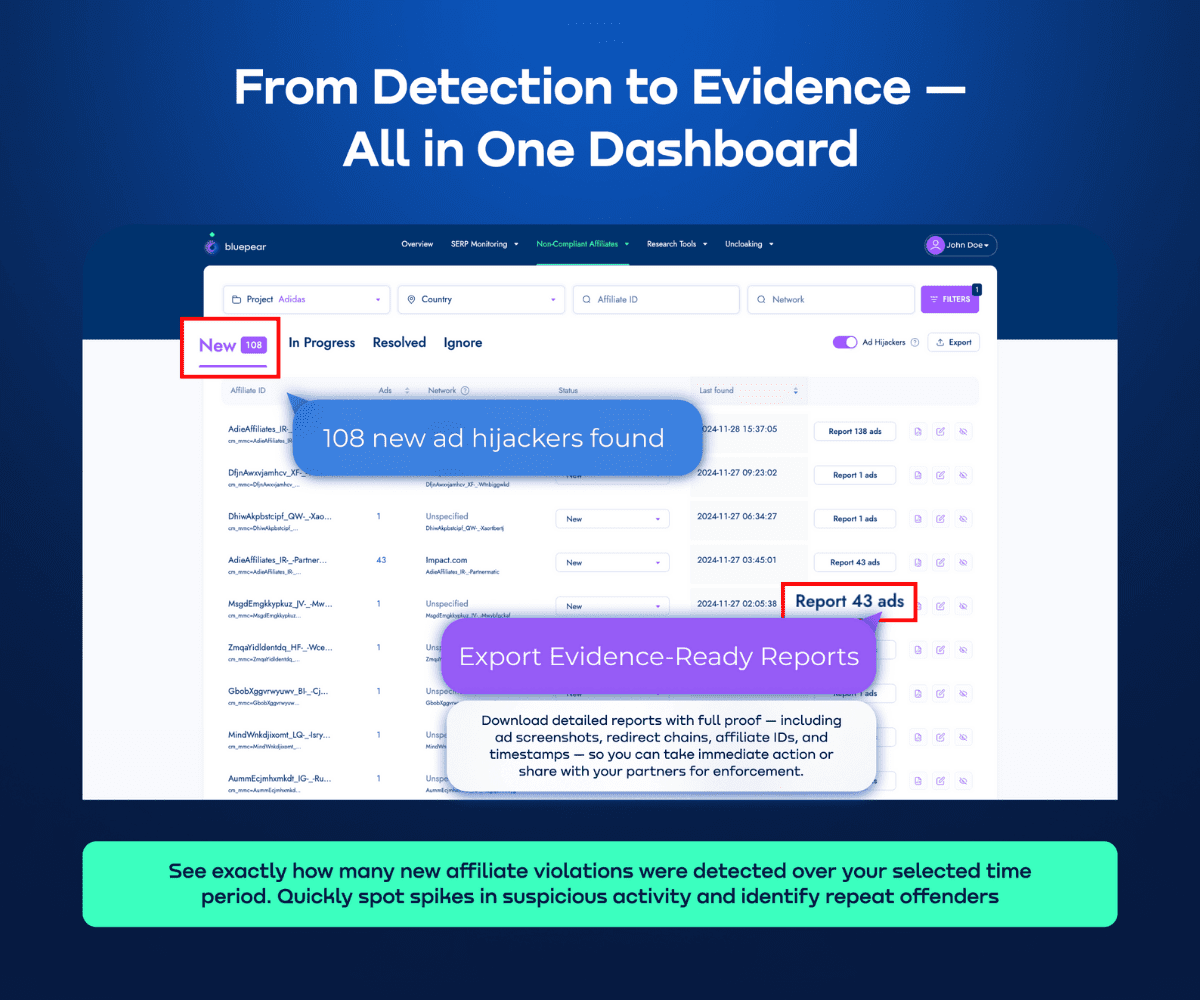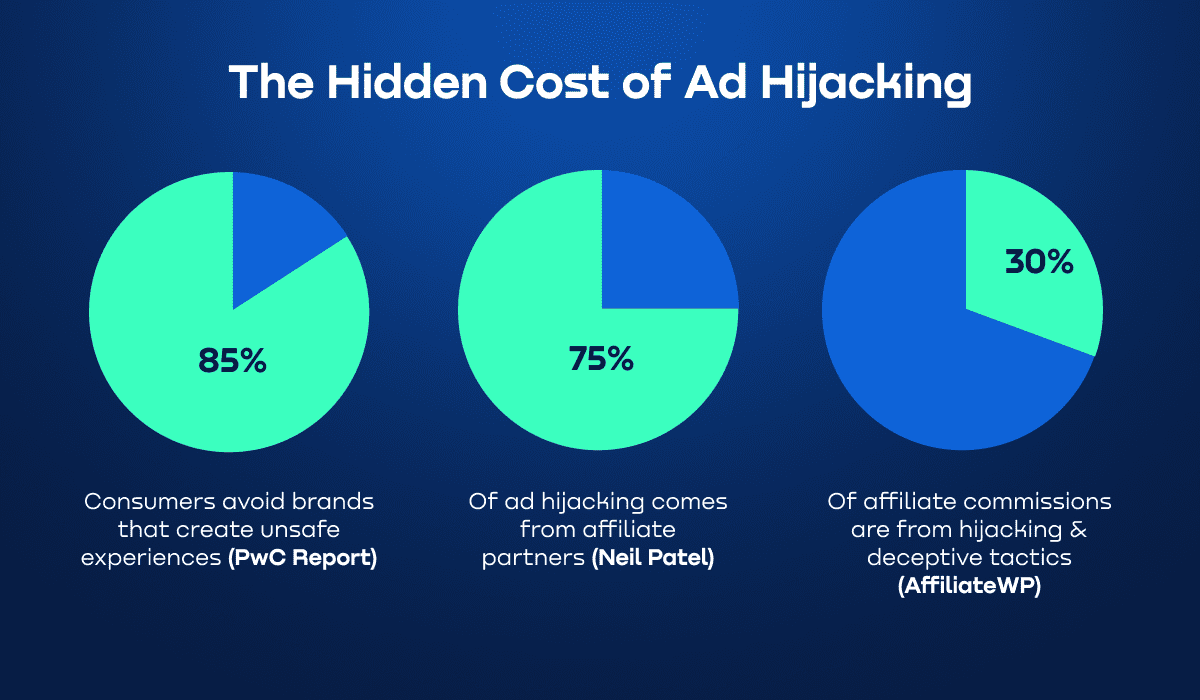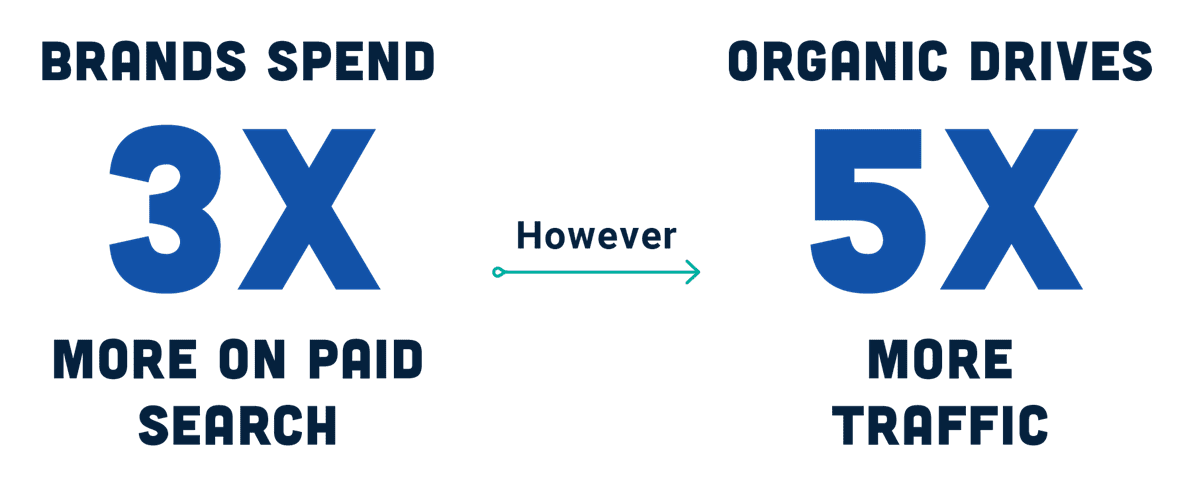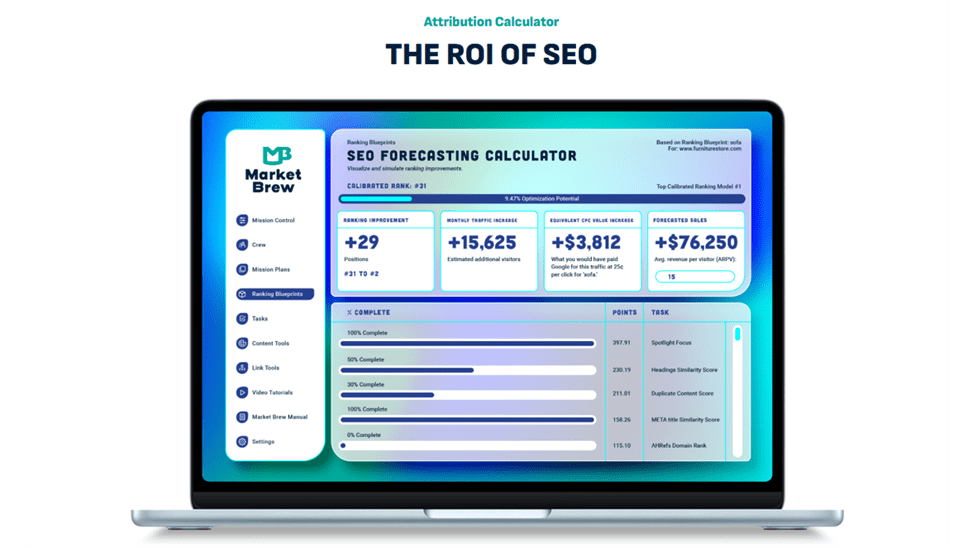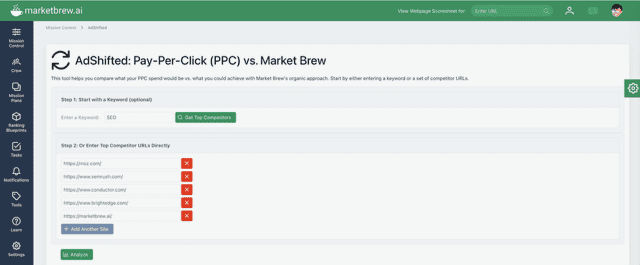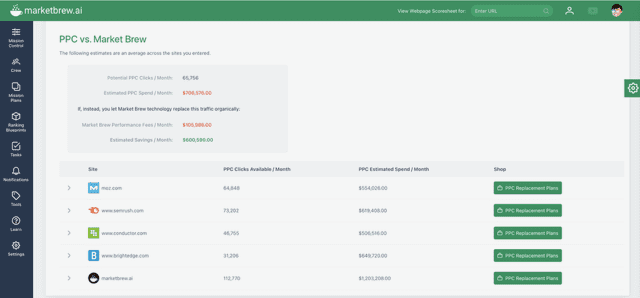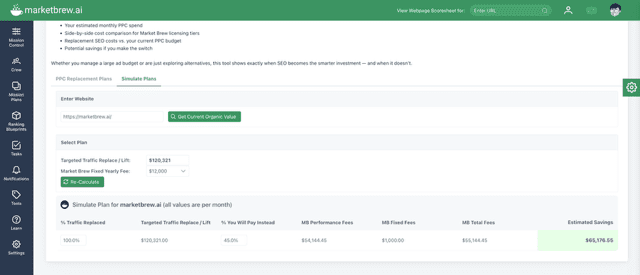GEO: How To Position Your Agency As An AI Search Authority

This post was sponsored by Visto. The opinions expressed in this article are the sponsor’s own.
Clients keep asking a new question: “Are we visible in AI search?”
This is the reality: Google’s AI Overviews are reducing organic traffic by 30-70% for many businesses.
In fact, we’re seeing that SEO agencies that incorporate GEO (Generative Engine Optimization) tactics into their SEO strategy and offerings are charging $4,000/month for these additional menu services.
However, when it comes to GEO, a newly evolved and still-evolving branch of SEO, answering the AI visibility question is:
- Less about grand strategy.
- More about a quick field check.
But if you skip the check and jump straight to fixes, you risk solving the wrong problem.
Phase 1. Perform An AI Visibility Audit To Confirm If There Is A Visibility Gap
Start with a simple AI Visibility Audit:
- Select five to 10 key phrases that align with the business’s goals.
- Search those phrases across Google’s AI Overviews, Bing Copilot, Perplexity, and ChatGPT.
- Look at the AI answer first, not the classic blue links.
- Do you show up? Are you cited? Which competitors are visible and cited? Notate this for each phrase.
- Notate down which competitors are cited and where any links point; take screenshots to showcase in any presentations.
Once you identify which phrases you display and those you do not, you can begin to build a comprehensive audit, repeating the steps as you would for keyword research or, traditionally, People Also Ask research.
The Easy Way: Use this AI Visibility audit and bring the snapshot to your next client call. It gets you out of the “we think” zone and into “here’s what we saw today.”
Phase 2. Interpret Your AI Visibility From The Audit Results
Once you have your audit results in hand, it’s time to determine where you stand:
- Highly visible: Your brand is named inside the answer. Great. Assess what’s working, and expand upon it.
- Partially visible: Your content fuels the answer, but the brand is missing. That erodes authority over time.
- Absent: The answer engines are leaning on other sources. That’s your gap, and your opportunity.
Notice how some of this is traditional ranking talk, and other facets are new.
So, it’s time for a new lens here.
Look at GEO as more of a traffic channel, as opposed to a new technique: Do we show up in the answer people actually read?
This is where agencies need to act fast. If you’re not helping clients with GEO now, they’ll find someone who will.
Phase 3. Showcase The Real Problem Behind Falling Organic Traffic
In this step, it’s time to connect the dots for everyone outside of your SEO team.
How will clients or bosses handle a change to your reporting?
What is the best way to convince a stakeholder that they need additional SEO services to stay ahead during the GEO boom?
How To Clarify The AI Addition To SEO For Clients & Stakeholders
This is how to turn a vague “traffic is down” conversation into “here’s where we’re missing in the answer and what we’ll fix.”
Within your audit presentation, the AI Search findings should follow this structure:
- Rule out serving issues that can tank crawl or clicks. Do not include these in the report during this part of the conversation.
- Split branded from non-branded terms, as AI answers often cluster around certain intents. Display this information broken out.
Pro Tip: Leverage a side-by-side comparison. The left side could include the AI answer with your brand’s status. The right side a quick look at on-site metrics for those same topics.
Phase 4. Consider The Perfect Mix Of Traditional SEO & GEO
Once your audit is approved, and a contract is in place to expand your SEO offerings to include GEO techniques, it’s time to apply the perfect mix of traditional SEO and GEO to improve visibility in the areas you’ve identified in the audit.
From a high level, there are two constraints that change the game, especially when adding GEO tactics to your SEO offerings:
- Speed (“time to first token”). AI systems have to answer fast. Crawlers are impatient, so pages that surface the right answer early tend to win the tie.
- Context window. Models skim and compress. Think skim-friendly, middle-school clarity: straightforward headings, unambiguous entities, and no padding.
That’s why old habits can backfire. You’re optimizing for clarity, entities, and extractability, not density.
How Do I Approach SEO & GEO The Right Way?
The way we think about it is this: if SEO is about ranking for keywords, GEO is about showing up for prompts.
How Does A Prompt Differ From Keywords?
When someone types a prompt, modern AI doesn’t just “look up” one thing. It:
- Breaks the prompt into sub-questions.
- Runs background searches.
- Shortlists a small set of pages worth crawling right now.
From our perspective, that’s the bridge between SEO and GEO: your classic search visibility still matters, but only as a feeder into which sources the AI decides to read.
What To Focus On When Incorporating GEO Into Your SEO Strategies
You will see overlaps here; that’s because there are slight changes to traditional methods that you’ll need to consider when optimizing for answer engines.
What to focus on, from a traditional SEO angle:
- On-page SEO: answer-first structure, clean headings, scannable evidence.
- Technical SEO (or GEO for Answer Engines): Fast paths to answers; crawlability that supports quick fetches.
- Content gaps your competitors are filling in AI answers. We’re consistently surprised by how often the “nearly there” pages win. If the AI crawler already understands a page, one sharp paragraph and a clearer H1 can push it over the top.
- Link analysis to strengthen credible citations.
- Competitor analysis of who’s being named in answers (and why).
- Sentiment analysis to catch how your brand is described when it’s mentioned.
What to focus on, from the GEO perspective:
- The semantic space AI explores vs. the entity mapping in your content.
- Technical GEO (or SEO for Answer Engines): Fast paths to answers; crawlability that supports quick fetches.
- Content gaps your competitors are filling in AI answers.
The Easy Way: Visto can consolidate these checks into a single workflow, allowing you to baseline quickly and track progress without needing a dozen tools.
Phase 5. Implement GEO Tactics Into Your SEO Strategy To Regain & Grow Visibility
Step 1. Provide Answers Upfront
Within traditional SEO, this refers to improving readability.
Your goal here is to give the answer engine what it needs as quickly as a good support team would:
- Lead your most important pages with the plain-English answer your buyer is after.
- One or two sentences up top, then the detail and sources.
If the reader needs to scroll to find the point, the crawler will likely give up at that same point.
Step 2. Strengthen Entity Clarity
Next, make the page unambiguous with consistent:
- Product names.
- Categories.
- Specs.
- Simple schema to help the system map your entity to the right concepts.
Think of this as labeling the shelves in a small shop. If the labels are clear, the model finds what it came for without guessing.
Step 3. Implement Technical GEO
Then handle the technical side of GEO. AI crawlers care about time to the first useful token, so shorten the path to the answer.
Tighten titles and H1s, move key facts above the fold, and keep interstitials from blocking the first read. The AI crawler has a limited context window and reads fast. Help it skim the right lines.
Step 4. Assess Comparison Coverage
If your customers compare options, publish a straightforward comparison that highlights only the differences people ask about.
What we’ve seen is that honest tables and short “who it’s for” notes get cited more than glossy positioning.
Step 5. Manage Links & Sentiment
Finally, reinforce what supports the page. Link credible sources to the version you want cited. Check how your brand is described in the existing answers. If the tone is off, correct the original source you’re referencing.
Then, regularly review your metrics: presence, named mentions, and competitor share. GEO isn’t a set-and-forget channel, so a light monthly review helps prevent drift.
Visto’s platform automates much of this tracking, giving agencies the tools to prove value with measurable, prompt-level insights and easy-to-share reports.
Examples: Learn From Early GEO Adopters Who Are Rebuilding Traffic
“In the first two quarters, we have seen an 88% year-over-year increase in organic traffic and a 42% YoY increase in unique pageviews from organic traffic.“
Agencies using a platform like Visto’s see their clients’ brands referenced more in AI answers after tightening entities and updating a handful of high-value pages.
The agencies succeeding are those positioning themselves as AI search authorities now, not waiting to see how things shake out.
Get Started With Visto
Visto helps agencies measure AI visibility and manage the work.
Built specifically for marketing agencies, the platform shows where your brand appears in AI answers, summarizes citations across engines, and highlights the pages most likely to move the needle.
Visto provides:
- Direct access to GEO experts who understand agency needs.
- Consistent product updates aligned with the latest AI search trends.
- The ability to influence the roadmap with your input.
- Education and support to confidently lead your clients through the AI shift.
- Sales enablement tools that are purpose-built for marketing agencies to prospect clients.
- A focus on actionability and optimization, in addition to visibility and analytics.
Don’t wait for your clients to ask why they’re invisible in AI search. Position your agency as the AI search authority they need right now.
Special Offer: For SEJ readers, sign up for three months free access and start prospecting and serving clients.
Image Credits
Featured Image: Image by Visto. Used with permission.



